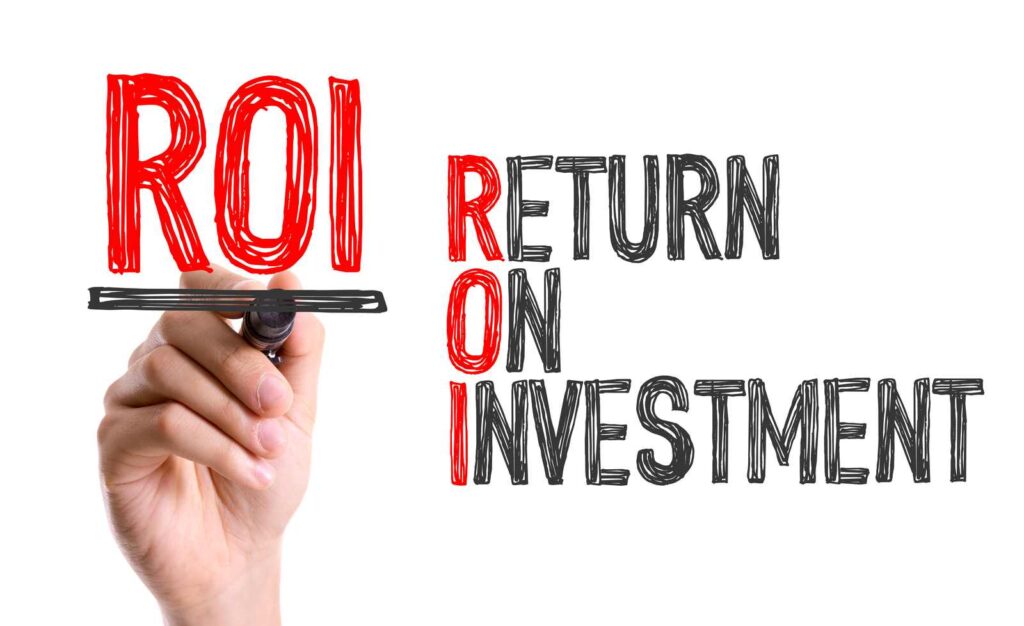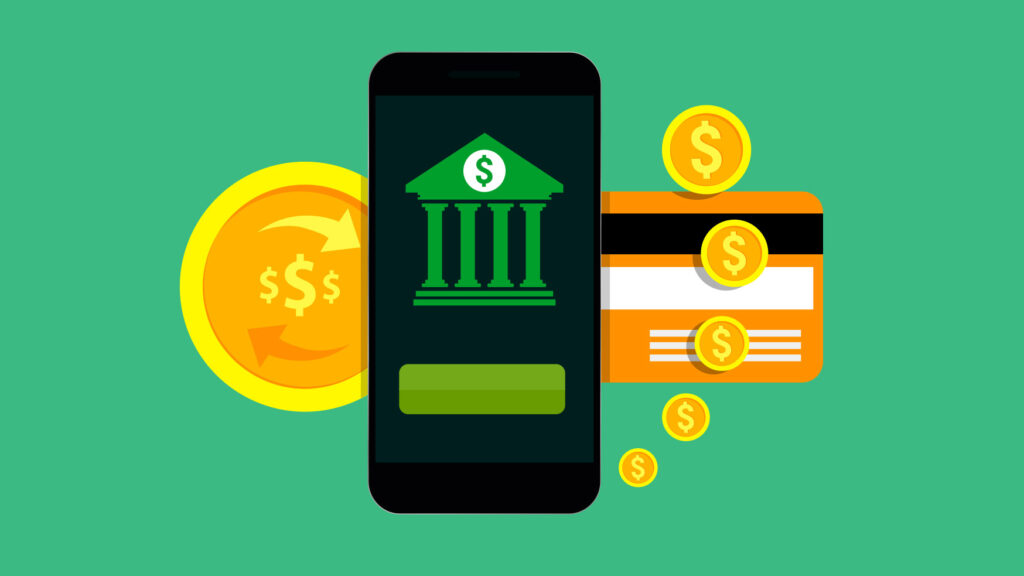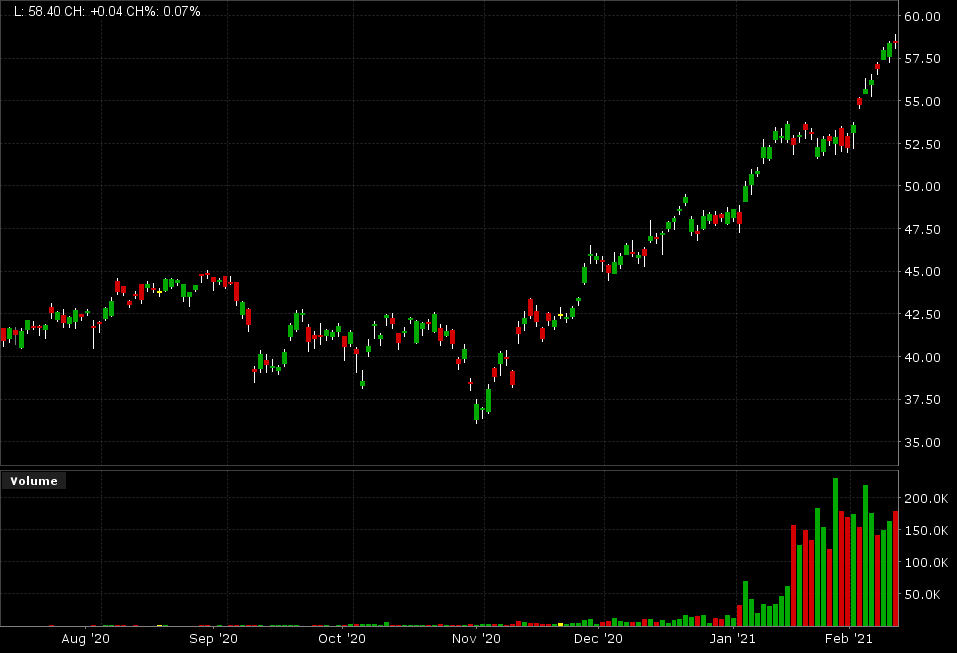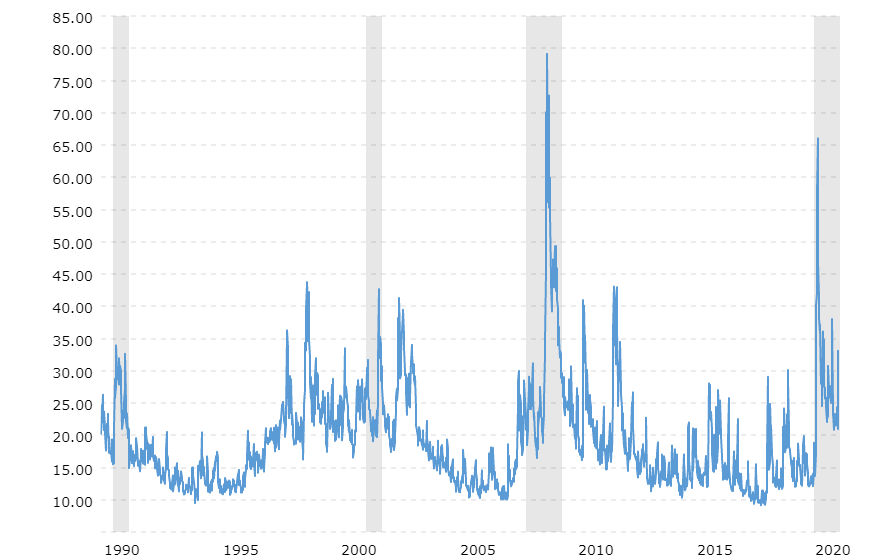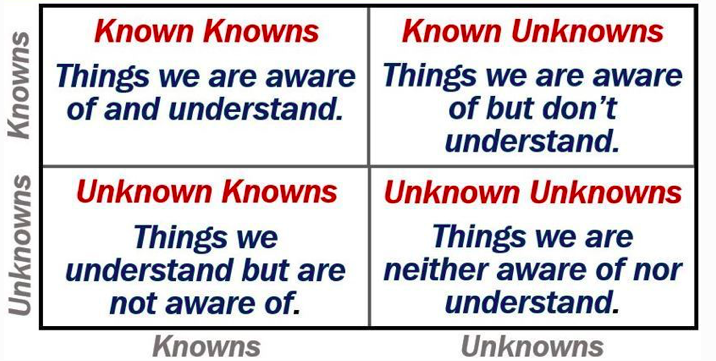Sometimes when and if you watch financial media shows on CNBC or other such networks, the hosts and/or the guests will be rambling on about something and you realize you don’t understand what they are talking about. This may be because these people have their own vocabulary, and though the words may sound familiar, their meanings may be different the way they use them as opposed to the way you use them. For instance, the word “Space” has many different meanings, and its meaning in a specific context depends on how it is being used. Other words such as “Sector” and “Industry” have similar issues. Read on and I will try to help.

Space
You may hear someone say something like, “Amazon is the leading player in the E-Commerce space.” Or, “Wells Fargo is the leading bank in the home mortgage space.” In this context, think of “space” as kind of like a store, or an area where this particular company does business. If WalMart has store space, then Amazon has e-commerce space. Although it isn’t physical space like WalMart, it does sort of mean the same thing. If you Google “Space”, this definition in the context of investing doesn’t pop up, but the concept of retail store space does, and this definition fits closest to the way the Wall Street jargoneers use it, and so that’s how best to understand “Space” when you hear it used on CNBC.
Sector
Ok, you say, but why don’t these talking heads use the term “Sector” instead of “Space”? Doesn’t it mean about the same thing? Yes, Sector and Space both have broad meanings in the investment world. I believe Space is used because Space involves the sense that people and/or businesses are transacting within a certain space, as opposed to Sector, which does not invoke the transactions part of business as much. Or, it could be that some people on CNBC started using the term “Space” and it sounded cool so everyone else started to use “Space” instead of “Sector”. That’s often how jargon or colloquialisms get started, and that’s likely what has transpired here. That said, you should be fluent in the language if you want to visit, and so you should at least know what Space means.
Industry
To make matters more complicated, you also hear about “the oil industry” or “the semiconductor industry”. How is an industry different from a sector or a space? There was an explanation for this when I looked it up. It seems that “industry” implies a more narrow definition of a group of companies that produce and sell the same stuff, whereas “sector” is a broader definition. You can have several industries within a sector but not vice versa. For instance, the semiconductor industry and the software industry are part of the high-tech sector. Got it? Clear as mud. And how does “space” differ from “sector” or “industry”? Seems like “space” is closer to “industry”, but that’s just a guess on my part.
IMO
They say the best way to learn a language is to immerse yourself within a group of the language’s native speakers. That’s probably true with Wall Street-ese as well. If you decide to work on Wall Street or in the investment world, you will probably become fluent soon enough. However, if you invest and you want to grow your investment knowledge but don’t want to work full-time in the industry, you still need at least to know some of the language. That’s why it’s useful to understand what “experts” you see on TV mean when they use terms such as Space, Sector, or Industry. Although I don’t offer a language lab for Wall Street-ese, I will be happy to clarify any confusion you might have with the language if you shoot me an email.

